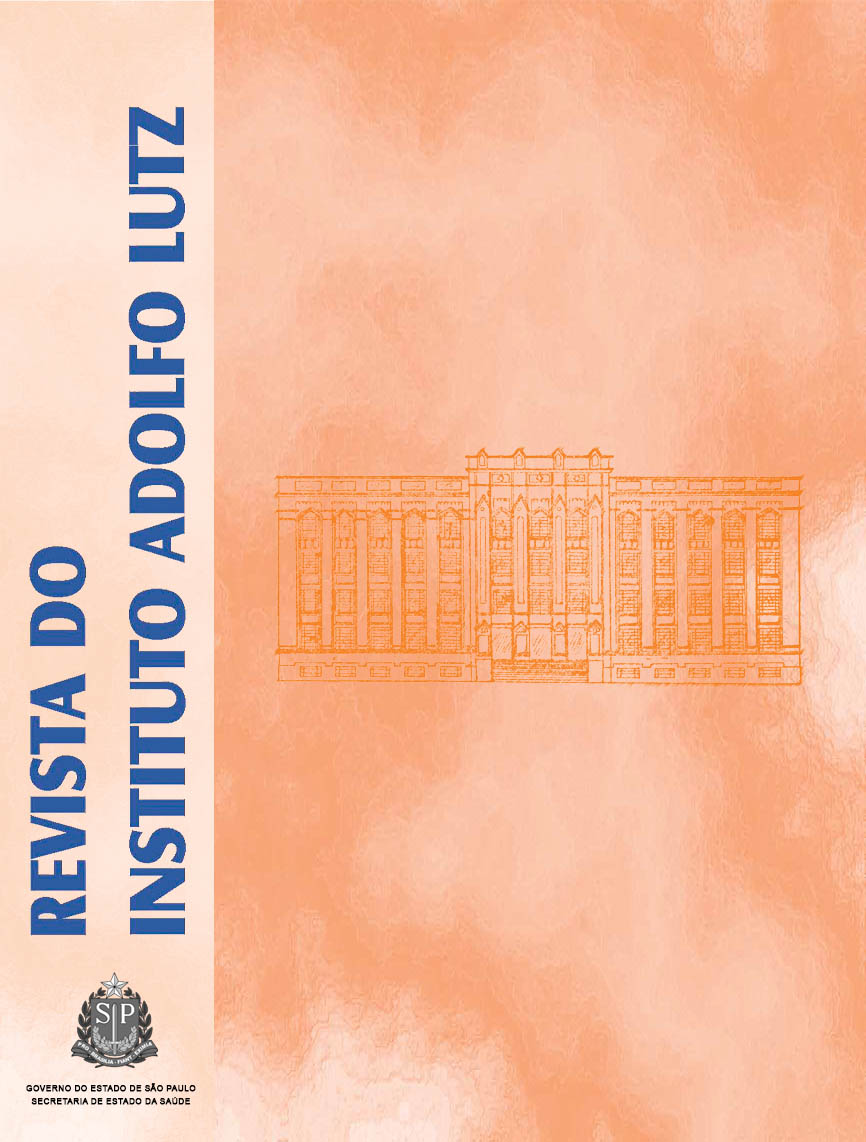Abstract
The participation in Interlaboratory Comparison Programme (IP) is a tool used by laboratories to ensure reliability of analytical results. In IPs the selection of a statistical treatment applied to the results can affect the estimation of the “true” value (assigned value) and its uncertainty, the acceptance range and the performance assessment of the participants laboratories. Using the results of the participant laboratories in the Proficiency Test Programme for lead in blood, coordinated by Instituto Adolfo Lutz, São Paulo, for different levels of concentration, seven statistical techniques were compared. The assigned value was calculated using the median, or the average value after the elimination of the dispersed results, employing Hampel, Grubbs, Dixon and Z-score’s criteria. The acceptance range was calculated according to Z score,making use of the standard deviation or using Horwitz’s equation or the Horwitz’s one modified by Thompson. It was also used the current criterion applied to the Program, which considers Xdesignated ± 6, for concentrations [Pb-s] ≤40 μg/100mL and Xdesignated ± 15% Xdesignated for concentrations > 40 μg/ 100mL. It was verified that the assigned values obtained through the statistical techniques used did not present significant differences when the confidence level was 5%. However, the acceptance ranges obtained showed they were influenced by the statistical technique used.References
1. Associação Brasileira de Normas Técnicas [ABNT]. ABNT ISO / IEC Guia 43: ensaios de proficiência por comparações interlaboratoriais. Rio de Janeiro; 1999.
2. Associação Brasileira de Normas Técnicas [ABNT]. ABNT ISO / IEC Guia17025: requisitos gerais para a competência de laboratórios de ensaios ecalibração. Rio de Janeiro; 2005.
3. Davies PL. Statistical evaluation of interlaboratory tests. Fresenius Z Anal Chem 1988;331:513-9.
4. Linsinger TPJ, Kandler W, Krska R, Grasserbauer M. The influence of different evaluation techniques on the results of interlaboratory comparisons. Accred Qual Assur 1998;3:322-7.
5. Tholen DW. Statistical treatment of proficiency testing data. Accred QualAssur 1998;3:362-6.
6. Analytical Methods Committee. Robust Statistics – How not to reject outliers. Part 1. Basic Concepts. Analyst 1989;114: 1693-7.
7. Chui QSH, Bispo JMA, Iamashita CO. Comparação de técnicas estatísticas aplicadas à avaliação de resultados de programas interlaboratoriais. Anais doIII Congresso Internacional de Metrologia em Química, Curitiba, PR, de 30 de setembro a 02 de outubro de 2002.
8. World Health Organization. Regional Office for Europe. External quality assessment of health laboratories. Copenhagen; 1981.
9. Thompson M. Recent trends in inter-laboratory precision at ppb and sub-ppb concentrations in relation to fitness for purpose criteria in proficiency testing. Analyst2000;125:385-6.
10. International Organization for Standardization [ISO]. ISO 5725-2:1994(E).Accuracy (trueness and precision) of measurement methods and results – Part2: Basic method for the determination of repeatability and reproducibility ofa standard measurement method. Genève; 1994.
11.Brasil. Norma Regulamentadora nº 7, Portaria nº 24, de 29.12.1994 da Secretaria de Segurança e Saúde no Trabalho. Diário Oficial [da] República Federativa do Brasil, Poder Executivo, Brasília, DF, 30 dez. 1994.
12. Bullock DG, Smith NJ, Whitehead TP. External quality assessment of assays of lead in blood. Clin Chem 1986;32(10):1884-9.

This work is licensed under a Creative Commons Attribution 4.0 International License.
Copyright (c) 2006 Instituto Adolfo Lutz Journal
